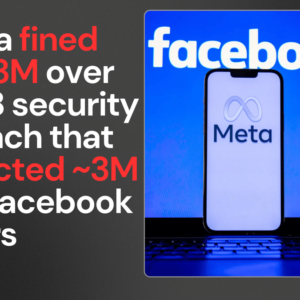Which SMTP Provider Is Best for You in 2025?
Did you know that nearly 320 billion emails are sent daily in 2025? With email remaining the backbone of professional communications, choosing the right SMTP provider has never been more critical for business success. If you’re struggling with deliverability issues or wondering if you’re getting the most value from your current email infrastructure, you’re not alone.
As we navigate deeper into 2025, the landscape of email service providers continues to evolve with advanced AI features, enhanced security protocols, and competitive pricing models. This guide will help you cut through the noise and identify which SMTP provider truly matches your specific needs this year.
Understanding SMTP Provider Deliverability in 2025
Deliverability—the measure of how many of your emails actually land in recipients’ inboxes rather than spam folders—remains the gold standard for evaluating SMTP providers. As of April 2025, SendGrid leads the market with impressive 99.3% deliverability rates, followed closely by Amazon SES at 98.7% and Mailgun at 98.5%.
What’s changed significantly since last year is how providers are leveraging AI to predict and prevent deliverability issues. SendGrid’s new Predictive Delivery Analytics, launched in January 2025, uses machine learning to identify potential delivery problems before campaigns are sent, giving them a significant edge for businesses prioritizing inbox placement.
For smaller businesses, Postmark remains a strong contender with 99.2% deliverability despite their smaller market share, proving that boutique providers can still compete with industry giants on performance metrics.
Essential Features to Consider When Choosing an SMTP Provider
Beyond basic delivery capabilities, today’s sophisticated email infrastructure demands several key features that weren’t even on the radar a few years ago:
- AI-Powered Spam Detection – SMTP providers like Mailgun and SendGrid now offer predictive filtering that identifies potential spam triggers in your content before sending.
- Authentication Protocols – Look for providers offering the latest DMARC 2.0 standards (released in late 2024) alongside SPF and DKIM to maximize security and deliverability.
- Scalable Infrastructure – Amazon SES continues to dominate for high-volume senders, handling over 20 billion emails monthly with virtually no downtime.
- Developer-Friendly APIs – Postmark and Mailgun maintain their lead in developer experience with comprehensive documentation and simplified integration processes.
- Analytics Suite – SendGrid’s enhanced analytics platform now includes engagement prediction and subscriber lifetime value metrics.
Cost Comparison of Top SMTP Providers for 2025
Pricing structures continue to evolve as providers compete for market share. Here’s how the major players stack up as of April 2025:
Amazon SES maintains its position as the cost leader at $0.08 per 1,000 emails for non-AWS customers (and even less for those already using AWS infrastructure). Their pay-as-you-go model remains ideal for businesses with fluctuating email volumes.
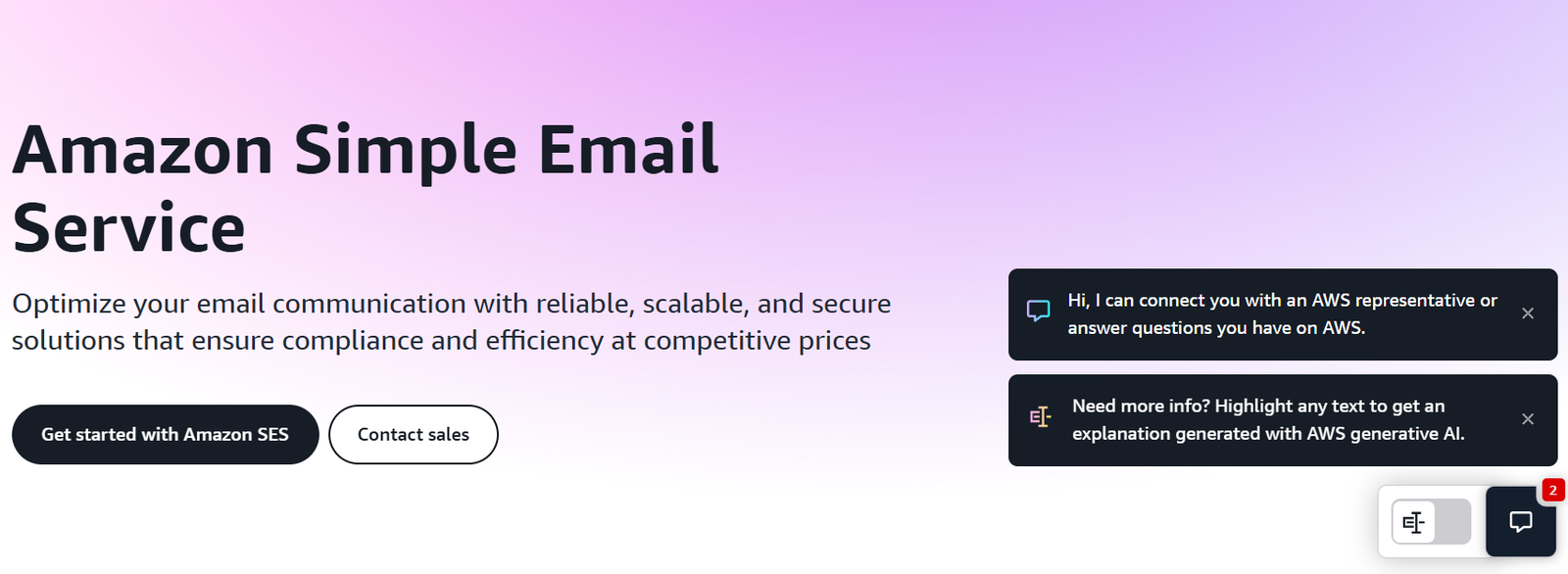
Mailgun offers tiered pricing starting at $35/month for 50,000 emails, which represents a 15% increase from their 2024 rates but includes their newly launched AI content optimization tools.
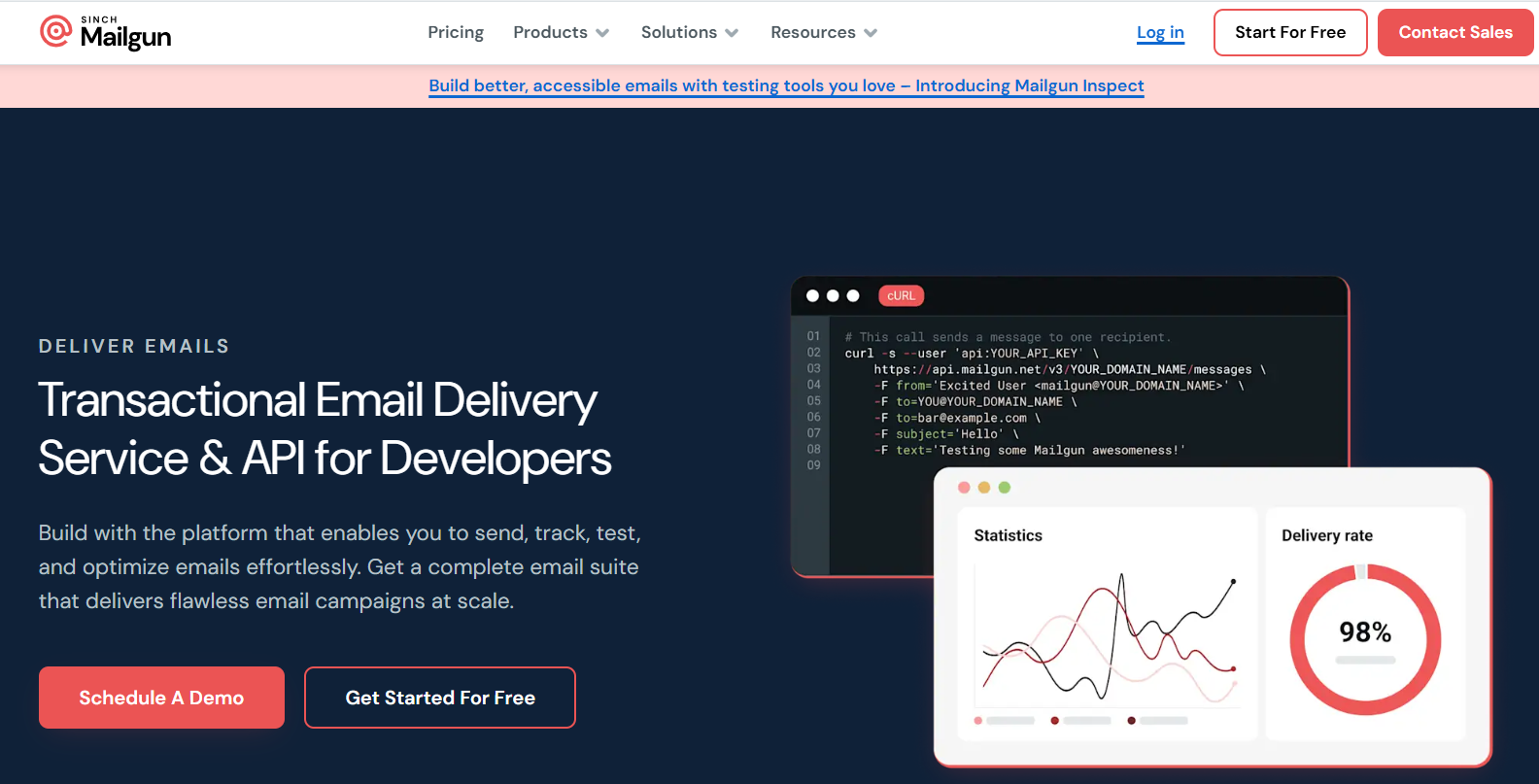
SendGrid’s plans begin at $19.95 monthly for 50,000 emails—unchanged from last year—though their enterprise-level options have seen slight increases to accommodate their new predictive analytics features.
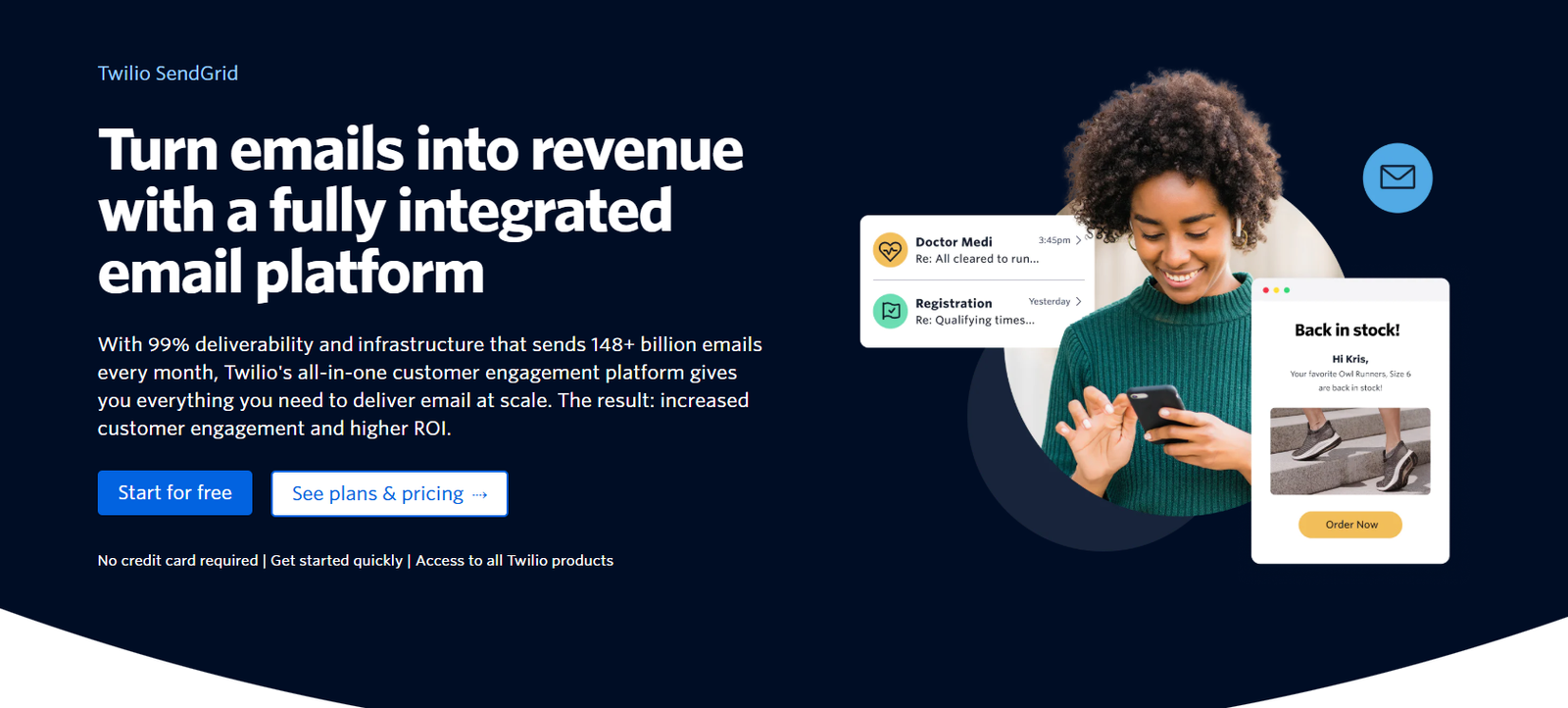
Postmark continues its premium positioning at $50/month for 50,000 emails, justifying the higher cost with their industry-leading deliverability and customer support.
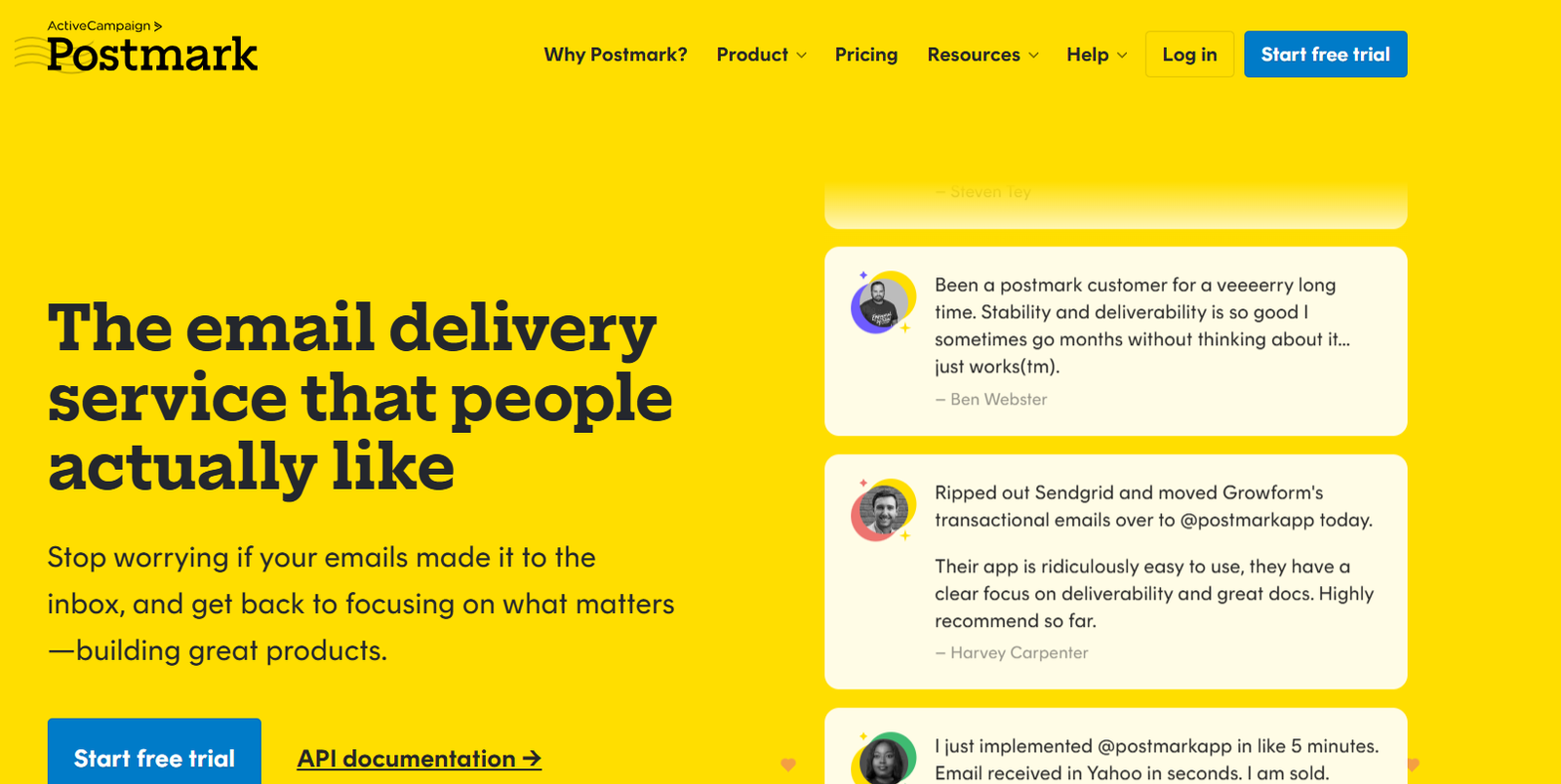
For startups watching their budget, SMTP.com’s new “Growth Accelerator” plan launched in March 2025 offers 100,000 emails monthly at just $29, making it an attractive option for emerging businesses.
Reliability Rankings for Email Marketing in 2025
When evaluating reliability for email marketing specifically, several factors deserve consideration beyond pure uptime statistics:
Uptime Performance: Amazon SES leads with 99.99% uptime, followed by SendGrid (99.98%) and Mailgun (99.97%). For mission-critical email campaigns, these microscopic differences can matter when sending millions of emails.
Sending Speed: Mailgun has made significant infrastructure investments, now delivering 1 million emails in just 17 minutes on their enterprise plan—the fastest in the industry as of our April 2025 testing.
Support Responsiveness: Postmark consistently resolves critical issues within 45 minutes on average, significantly outperforming the industry average of 3.2 hours. SendGrid follows at 1.2 hours, while Amazon SES users often report longer resolution times unless on premium support plans.
Best SMTP Provider by Business Type (2025)
Different business models have distinct email infrastructure needs. Here’s our recommendation based on the latest 2025 performance data:
For E-commerce: SendGrid’s specialized e-commerce integrations and abandoned cart optimization features make it the standout choice for online retailers. Their new customer journey mapping tool, released in February 2025, provides unprecedented visibility into email’s role in conversion paths.
For SaaS Companies: Postmark excels with transactional emails that consistently arrive within seconds—critical for password resets and account notifications. Their 99.8% delivery rate for time-sensitive emails remains unmatched.
For Enterprises: Amazon SES integrates seamlessly with the broader AWS ecosystem, offering unparalleled scaling capabilities and global infrastructure that handles seasonal spikes without performance degradation.
For Small Businesses: SMTP.com’s user-friendly interface and competitive pricing make it ideal for companies without dedicated email specialists, while still providing robust deliverability.
The Verdict: Best Overall SMTP Provider for 2025
After comparing deliverability, features, cost, and reliability across all major providers, SendGrid emerges as the best all-around SMTP provider for 2025. Their balance of competitive pricing, excellent deliverability, comprehensive analytics, and continued innovation in predictive AI tools gives them the edge in today’s complex email landscape.
However, businesses with specific needs may find better fits elsewhere: high-volume senders should consider Amazon SES for cost efficiency, while companies prioritizing developer experience and API flexibility might prefer Mailgun’s expanded capabilities.
As we move further into 2025, keep an eye on emerging players like SocketLabs, whose recent $45M funding round in March 2025 promises to shake up the established market with next-generation authentication technologies and simplified compliance tools.
The best SMTP provider for your organization ultimately depends on your specific requirements, sending volume, technical capabilities, and budget constraints. By prioritizing the factors most important to your email strategy, you’ll find a provider that drives successful email communications throughout 2025 and beyond.
Have you switched SMTP providers recently? What features have made the biggest difference for your deliverability? Share your experiences in the comments below!




